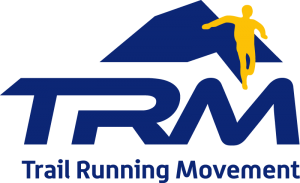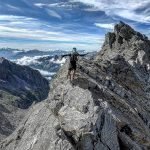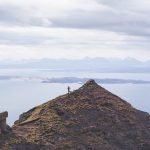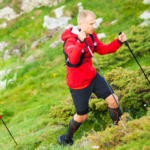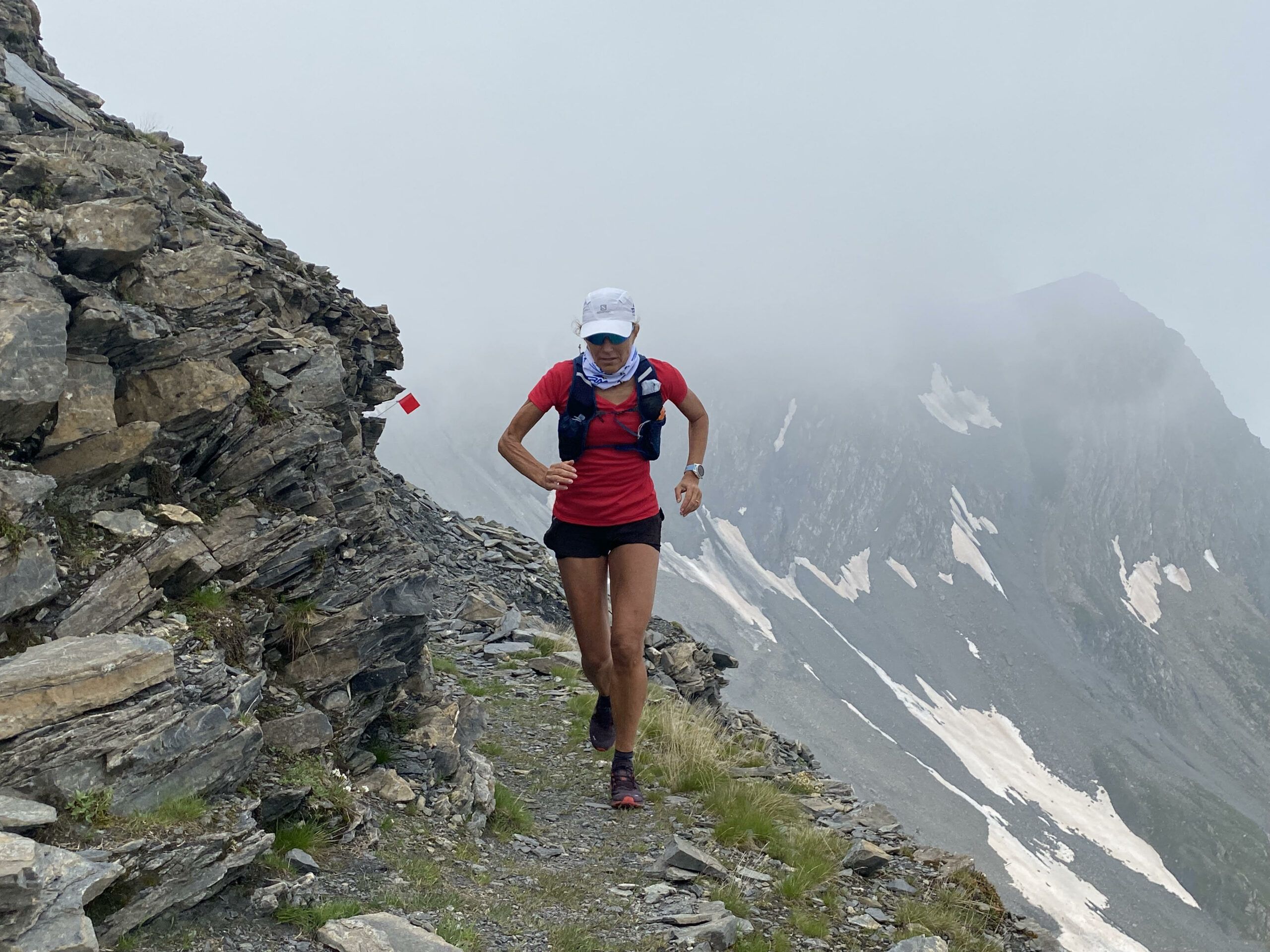
THE ADAPTATION TO THE ALTITUDE FOR MOUNTAIN RACES
Altitude adaptation is essential if you intend to run a high mountain race or a competition that has numerous crest passages or on peaks at high altitudes.
However, the positive effects obtained by training at altitude are many for any athlete: the reduction of plasma volume (which raises the hematocrit level as the hemoglobin per unit of blood is higher); as the days go by, the increase in the production of red blood cells to carry more oxygen and a reduction in maximum heart rate.
The effects on physical activity vary according to the altitude reached; obviously there are also affect by personal characteristics:
- up to 1.200mt there is hardly an effect on performance
- between 1.200-2.500mt we register a slowing down of the average pace of the athlete (about 17 “/km), but almost no athlete complains of particular problems. However, for athletes who live at the sea level, for competitions such as UTMB, Tor or similar, which have some sections at high altitude, it is advisable to carry out adaptation sessions
- above 2,500m and, expecially, over 2,800m, the typical symptoms of altitude sickness, similar to those of a state of drunkenness begin to occur, such as headache, nausea and loss of balance. The risks increase with the increasing of the altitude, including pulmonary edema or high altitude cerebral edema which can be very dangerous and requires immediate medical attention. For competitions that feature tracks with these characteristics, adaptation is necessary.
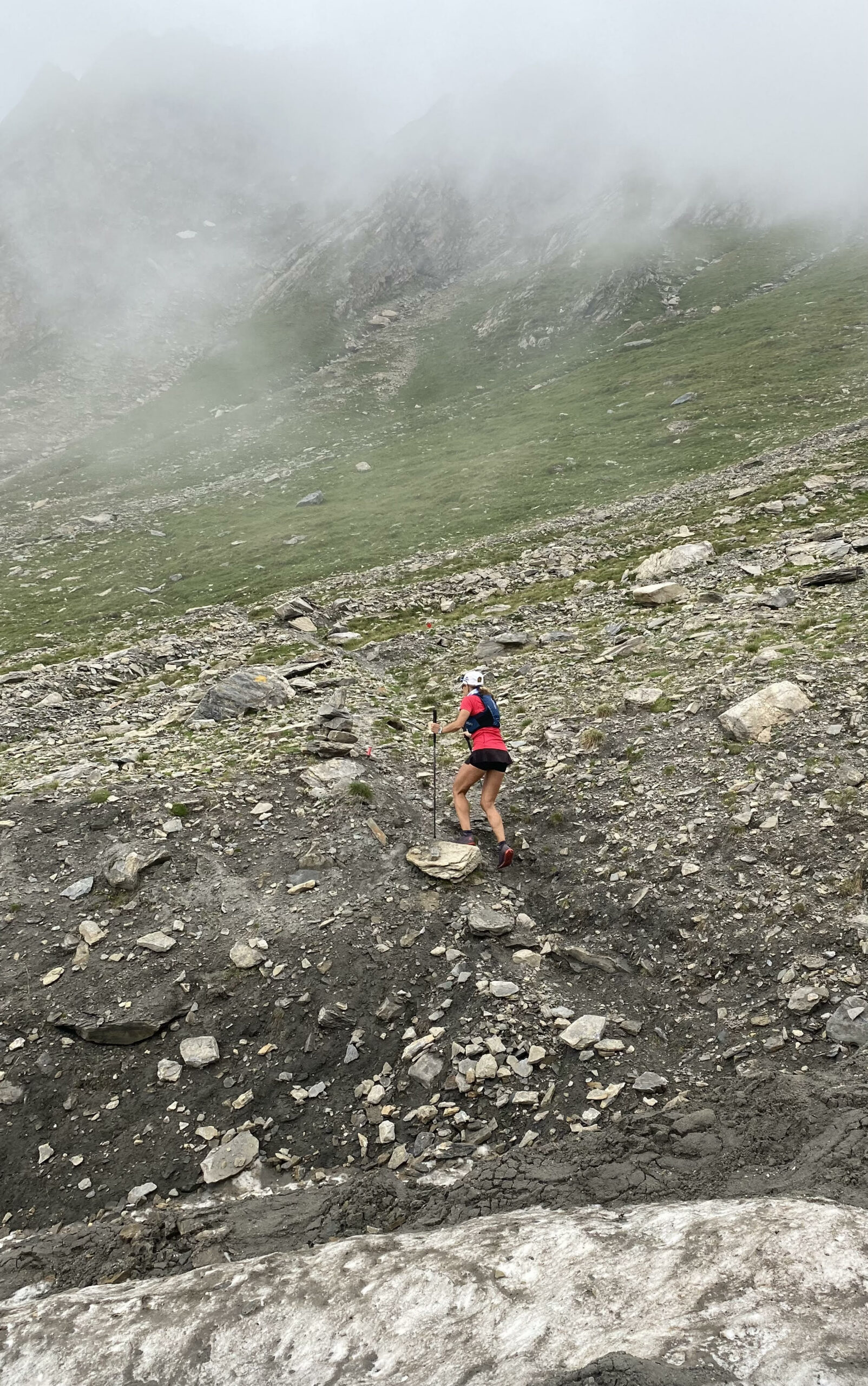
The 5 rules for adapting to the altitude
The adaptation does not cancel the effect of the altitude on performance, the athlete will continue to be partially slowed down in the race but, by training these aspect, will avoid discomfort, reduce risks and improve the quality and effectiveness of the technical gesture.
Here are the main rules to consider:
- adaptation to altitude requires a prolonged stay at high altitude, 12 hours a day for a minimum of 1 week
- it is not recommended to spend a couple of days before the race at high altitude, for example in the bivouac, if you have not done it before. It would not produce any useful results and, instead, could generate negative sensations typical of altitude sickness, compromising your performance
- adaptation is not only related to effort, so walking in the high mountains or sleeping in bivouacs is also very useful
- it is not essential to plan adaptation periods for races below 2500m, but it may be useful to carry out specific sessions (fartlek, progressives, etc.) by simulating the race conditions where changes in pace and perceived effort are frequent
- altitude adaptation varies from one individual to another. Factors such as a lack of iron can limit the creation of red blood cells, so specific tests and attempts must be made to find the one that works best for each athlete.
Do you want to receive more specific advice? Are you preparing for a particular race, UTMB, TOR, K2, etc., and would you like to chat with one of our Coaches? Send an email and fix an appointment. Here: info@trailrunningmovement.com
You can find more *Free* articles on training and nutrition Here: TRAIL RUNNING TRAINING AND NUTRITION
Buy one of our Ebooks for only 9.99 Euros Here: TRAININGS, COMPETITIONS, NUTRITION IN TRAIL RUNNING
adaption to high altitude, allenatori corsa in montagna, allenatori trail running, running coaches, trail running, trail running at high altitude, trail running in high mountains, Trail Running Plans, trail running tables, Trail Running Training



